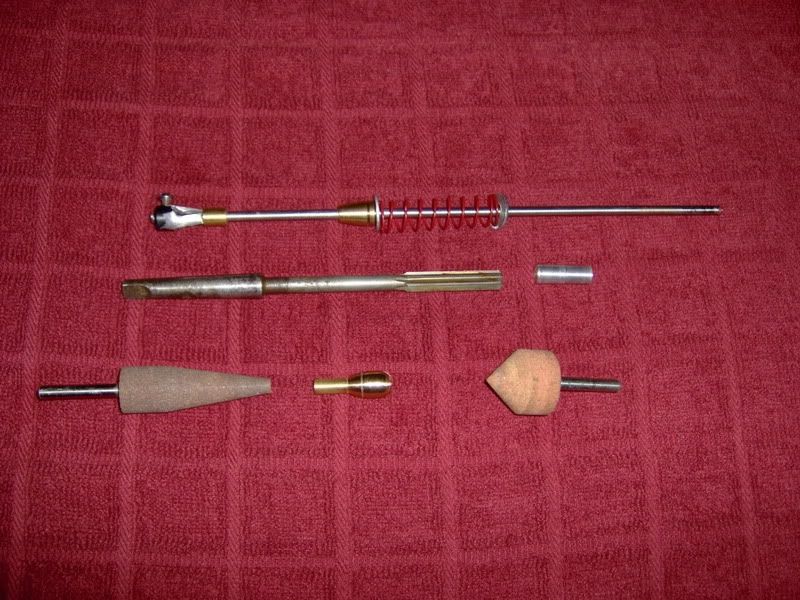One more thing, always wait a while for other opinions. Once you start filing, etc- it's irreversible. I had a 1873 Peacemaker clone that would jam on every cylinder shooting. I couldn't figure it out- I thought it was the recoil shield. Maybe the cylinder fit was too tight. Maybe my reloads had the primers backing out. This guy told me to mark the chambers and see if it always jammed in the same spot (It did). He then said to stone down the tooth on the racket- it had a burr. I saw that the tooth was a little different and that solved the problem.
In any event, messing with the mechanism is a pretty complicated thing. Slop in the hand because it is loose in its slot, that can cause troubles and people think a longer hand is needed when a wider one may be the issue.
As I said, wait for some more answers and see if you can locate a gunsmith dealing in Colt revolvers.
In any event, messing with the mechanism is a pretty complicated thing. Slop in the hand because it is loose in its slot, that can cause troubles and people think a longer hand is needed when a wider one may be the issue.
As I said, wait for some more answers and see if you can locate a gunsmith dealing in Colt revolvers.








